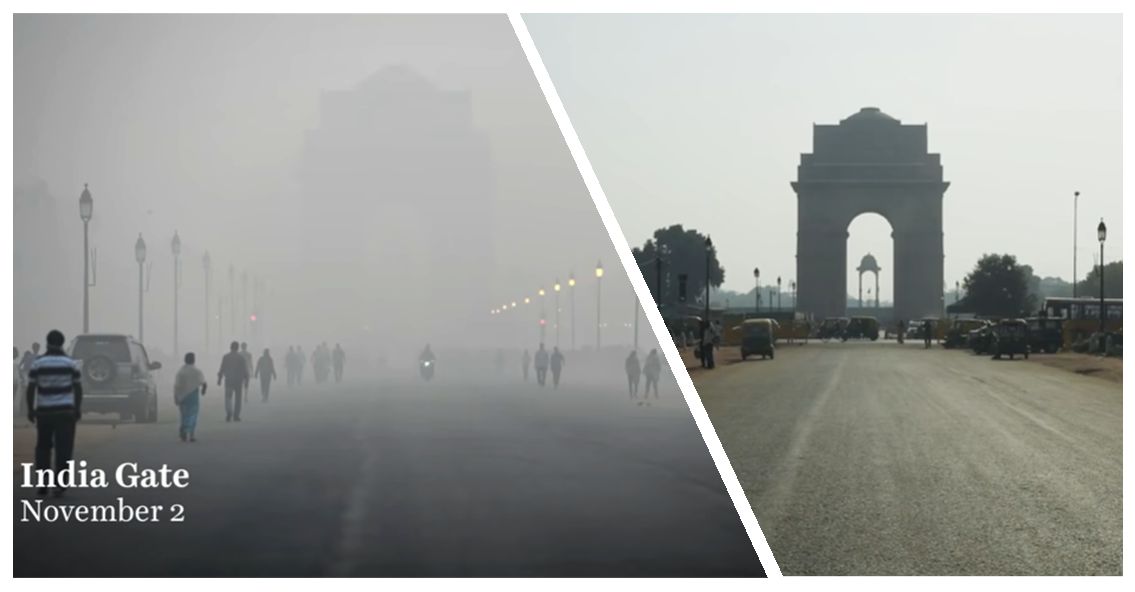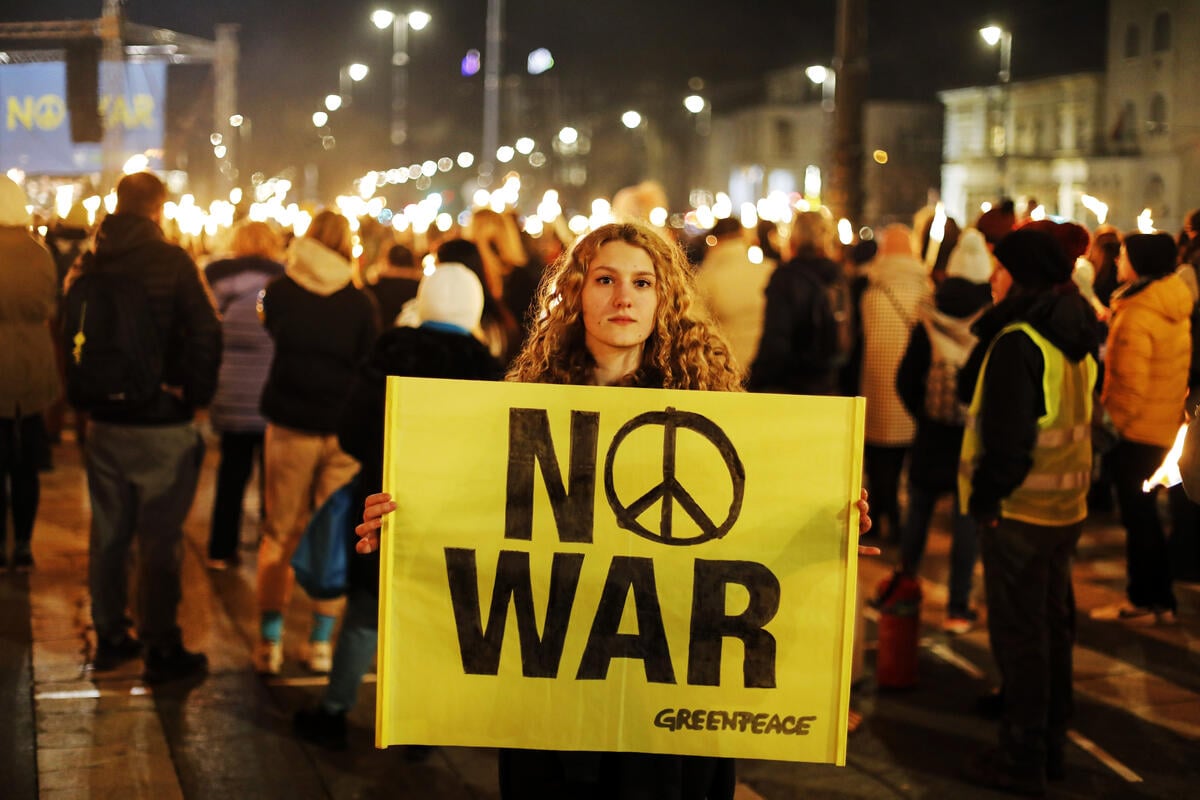Author: Kavita Bhardwaj
Air is the most basic right of life — yet in Delhi, it has become a daily negotiation. Every autumn, as calm winds settle and the air thickens with soot, Delhi braces for suffocation. Eyes sting, throats burn, and even a short walk feels like inhaling smoke. What once seemed like a seasonal misfortune has now hardened into a chronic condition — a struggle that the city is finally learning to confront through vigilance, science, and community participation.
Breath as Birthright: Understanding the Crisis
Delhi’s air emergency is not caused by one source alone. It is a complex web of emissions, behaviors, and neglected systems — all converging in the capital’s fragile geography.
The key contributors to Delhi smog crisis include:
- Crop residue burning in Punjab, Haryana, and parts of Uttar Pradesh, sending vast plumes of smoke into Delhi’s skies.
- Vehicular emissions, especially from older diesel and petrol engines, contribute nearly 40% of the city’s PM2.5 during winter.
- Construction dust due to poor site management and unchecked urban growth
- Industrial exhausts and emissions from brick kilns and thermal power plants
- Garbage burning and open waste disposal in peri-urban areas
- Meteorological conditions such as low winter winds and temperature inversions trap pollutants near the surface
During severe episodes, Delhi’s Air Quality Index (AQI) routinely breaches 999 — the officially “hazardous” threshold. The air is a chemical cocktail that infiltrates the lungs and bloodstream, leading to respiratory illnesses, cardiac stress, and shortened lifespans.
From Panic to Proactive Governance
Not long ago, Delhi’s response to toxic air was ad hoc — sudden bans, emergency school closures, and public outrage. Today, the capital operates under a more structured system designed to anticipate rather than react. The Commission for Air Quality Management (CAQM) is the nerve center of this transformation.
Through the Graded Response Action Plan (GRAP), the city enforces restrictions in progressive stages—before air quality collapses. As a result, CAQM data shows Delhi recorded its best January–August average AQI of 172 in 2025 (excluding the lockdown year 2020), a small but significant indicator of progress. Pollution is now viewed as a 24/7 governance issue, requiring sustained and science-led management.
Stubble: From Liability to Livelihood
Every autumn, the agricultural belts of Punjab and Haryana contribute significantly to Delhi’s smog crisis. For years, farmers were penalized for stubble burning, a practice often rooted in the desperate need to clear fields within a 15-day window to plant the next wheat crop. Enforcement alone proved unsustainable. A critical shift is underway, replacing coercion with collaboration and economics. The focus is moving from simply punishing the burn to rewarding the change.
Pillars of the New Approach
The gradual progress in reducing fire counts is built on three key strategies:

- Economics Over Enforcement: Government schemes began rewarding zero-burn practices with cash incentives (e.g., ₹1,500 per acre). Farmers who successfully transitioned found that residue retention also improved soil quality and moisture, offering a double economic benefit. In early October 2025, Punjab reported 95 farm fire incidents for the season, with authorities imposing ₹2.55 lakh in environmental compensation and filing 35 “Red Entries” in land records. While enforcement remains active, the focus is increasingly on support.
- Access to Machinery: Through the Central Sector Scheme on Crop Residue Management, over 25,000 Happy Seeders and Super SMS machines have been distributed across Punjab and Haryana since 2023. Establishing Custom Hiring Centres has made this equipment accessible and affordable for small farmers.
- Alternative Uses for Stubble: Stubble is being redefined as a resource. Farmers forming cooperatives now earn income by selling residue to bio-CNG plants and 2G ethanol industries. This “new air economy” offers a sustainable income stream, turning liability into livelihood.
- Education and Empowerment: The shift is also driven by sustained, localized education efforts. The Punjab Agricultural University holds Kisan Melas showing how stubble improves soil carbon. Initiatives like the Zero-Burn Villages Project reward compliance with green flags and community benefits, demonstrating that honor and recognition can be more powerful motivators than fines.
The Road Ahead: Transport and Urban Transition

Inside Delhi, vehicles remain the leading polluter. Enforcement is data-driven, using AI-based cameras to fine non-compliant vehicles. From 1 November 2025, the CAQM will ban the entry of all commercial goods vehicles below BS-VI standards into Delhi. The clean mobility revolution is supported by electric buses and metro expansion.
The draft EV Policy 2.0 further pushes this transition, proposing a ban on the registration of non-electric three-wheeler goods carriers from 15 August 2025, and a similar ban for two-wheelers running on conventional fuels from 15 August 2026. However, clean air must be inclusive. Low-income workers relying on older vehicles need financial support, scrappage incentives, or alternative employment to adapt.
Citizens Awake: Awareness Becomes Action
Delhi’s citizens are no longer passive sufferers. Apps like Green Delhi and SAMEER empower residents to track AQI and report violations. RWAs and community groups conduct plantation drives and neighborhood audits, making pollution everyone’s responsibility.
NGOs and Civil Groups Making a Difference
Several organizations blend advocacy, research, and grassroots mobilization:
- Centre for Science and Environment (CSE): Influential in shaping vehicle emission policies and waste management reforms.
- TERI (The Energy and Resources Institute): Leads scientific research on clean fuels and industrial emission control.
- Swechha: Mobilizes youth for community awareness and green campus initiatives.
- Help Delhi Breathe: Citizen coalition pressing for stricter industrial and vehicular norms.
The Moral Mirror: A Lesson from the Fields
The transformation in Punjab offers a moral lesson for the city. Farmers adapted because they were heard, supported, and included in the solution — not just punished. Urban residents often demand clean air but forget that sustainability requires shared responsibility and empathy. Perhaps Delhi’s next major breakthrough is not another sensor, but a shift in mindset. Can a city that blames its neighbors learn to breathe in solidarity? Can an economy obsessed with convenience learn to coexist with nature’s pace?
Winter’s Test: Hope Wrapped in Haze
Even with better governance, the Delhi smog crisis remains unforgiving. Low winds and temperature inversions amplify emissions, spiking the AQI into the severe zone each December. The long-term solution demands urban redesign, clean fuel transitions, and sustained inter-state coordination. Delhi’s journey from despair to determination is slow but visible. The city’s fight for breath continues anchored in data, law, and empathy. From panic to proactive governance, and from punishment to partnership, the day when a winter morning brings fog, not smog, feels within reach.
Source link
ecoideaz ecoideaz.com




